Introduction to Pepper Flakes
Pepper flakes are dried, crushed chili peppers used to add heat and flavor to dishes. They come in various types with distinct heat levels (measured in Scoville Heat Units) and flavor profiles, ranging from mild to extremely spicy. This comprehensive guide covers everything you need to know about pepper flakes, including types, usage tips, storage advice, buying recommendations, and creative applications.
Table of Contents
- Types of Pepper Flakes & Their Heat Levels
- 7 Practical Tips for Using Pepper Flakes
- Buying Guide: Choosing the Best Pepper Flakes
- Storage Tips: Keeping That Zing Alive
- Frequently Asked Questions About Pepper Flakes
- Creative Uses of Pepper Flakes Beyond the Pantry
- Conclusion: Why You Should Always Have Pepper Flakes on Hand
Types of Pepper Flakes & Their Heat Levels
Not all pepper flakes are created equal. The type of chili used determines both the flavor profile and the Scoville heat units (SHU), which measure spiciness. Here's a handy comparison to help you choose the right one for your taste buds:
| Type of Pepper Flake | Heat Level (SHU) | Flavor Profile | Best For |
|---|---|---|---|
| Cayenne Pepper Flakes | 30,000–50,000 | Sharp, earthy | Hot sauces, stews, grilled meats |
| Crushed Red Pepper Flakes | 15,000–25,000 | Mild to medium heat, slightly smoky | Pizza, pasta, soups |
| Hatch Chile Flakes | 1,000–8,000 | Sweet, smoky, tangy | Rubs, salsas, Southwest dishes |
| Jalapeño Flakes | 2,500–8,000 | Grassy, bright | Dips, tacos, nachos |
| Ghost Pepper Flakes | Over 1,000,000 | Intense heat with slight fruitiness | Challenge dishes, extreme heat lovers |
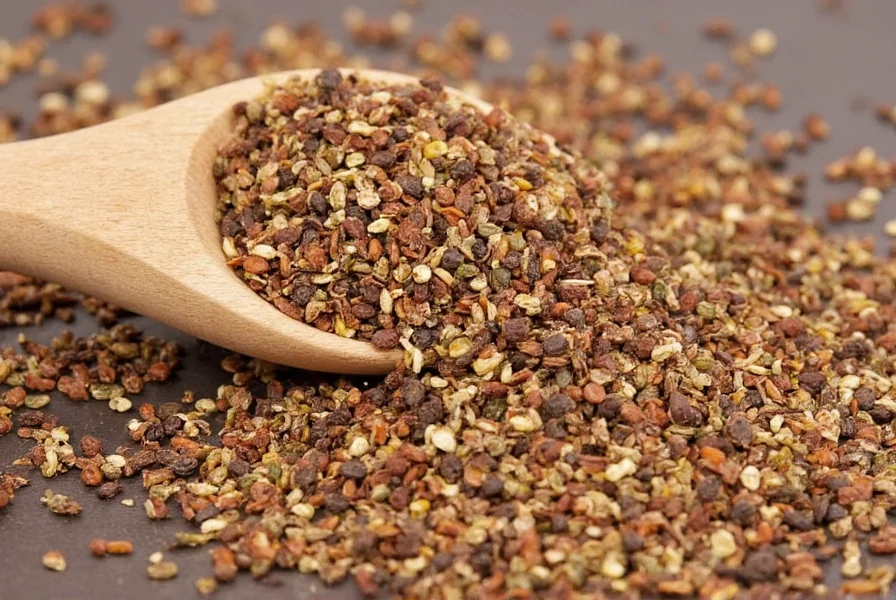
7 Practical Tips for Using Pepper Flakes
Ready to take your kitchen skills up a notch? Here are seven smart ways to make the most out of your pepper flakes:
- Toasting Brings Out Flavor: Toast a pinch of flakes in oil before adding other ingredients to unlock deeper, nuttier notes.
- Add at the End for Maximum Kick: Toss in a few flakes after cooking to preserve their sharp bite and vibrant color.
- Infuse Oils or Vinegars: Steep flakes in olive oil or vinegar for a spicy homemade condiment that elevates salads and marinades.
- Bake It In: Sprinkle crushed red pepper into biscuit dough or pizza crust for a subtle background heat.
- Spice Up Sweet Treats: Believe it or not, pepper flakes can add complexity to dark chocolate desserts or caramel drizzles.
- Use Sparingly in Soups: A dash in tomato-based soups or broths adds warmth without overpowering the dish.
- Create Custom Spice Blends: Mix pepper flakes with smoked paprika, salt, and citrus zest for a signature seasoning blend.
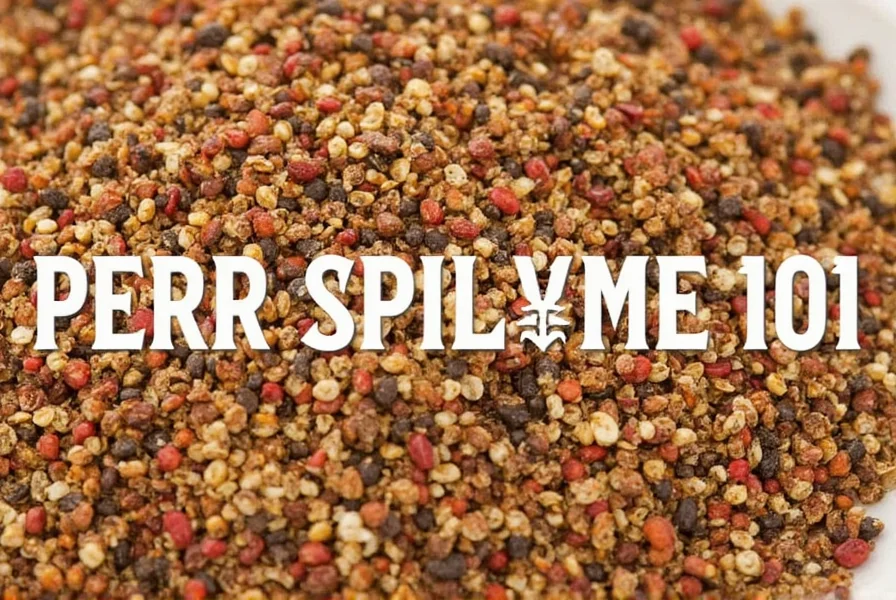
Buying Guide: Choosing the Best Pepper Flakes
When shopping for pepper flakes, quality matters. Look for vibrant colors, clean packaging, and minimal additives. Here's what to consider when selecting the best product for your needs:
| Product | Features | Advantages | Best For | Occasion |
|---|---|---|---|---|
| Organic Crushed Red Pepper Flakes | Non-GMO, organic certified, no preservatives | Natural flavor, safe for health-conscious users | Everyday cooking, Italian dishes | Home cooks, foodies |
| Smoked Cayenne Flakes | Smoked over hickory wood, intense heat | Great for adding a bold, smoky kick | BBQ, grilled veggies, chili | Outdoor cookouts, BBQ enthusiasts |
| Mixed Chili Flakes Blend | Combination of jalapeño, cayenne, and habanero | Variety of heat levels and flavor dimensions | Customizing spice blends, adventurous eaters | Chefs, gourmet home cooks |
| Ghost Pepper Flakes | Extreme heat level, dehydrated fresh peppers | For serious spice lovers seeking intensity | Challenge recipes, specialty dishes | Heat chasers, competitive eaters |
| Roasted Hatch Chile Flakes | Sourced from New Mexico, fire-roasted | Unique sweet-smoke balance | Mexican cuisine, southwestern style dishes | Taco nights, fusion recipes |
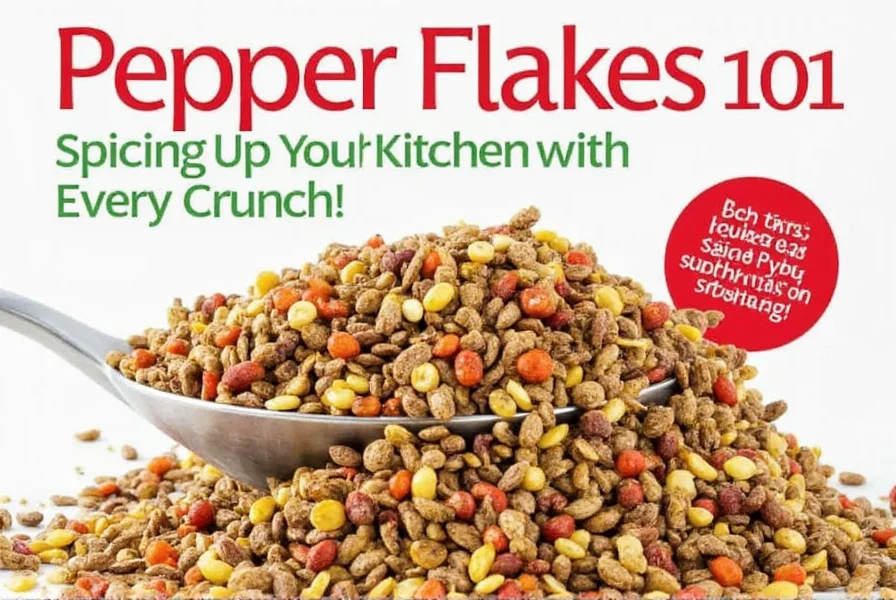
Storage Tips: Keeping That Zing Alive
Proper storage ensures your pepper flakes retain their potency and aroma for months. Follow these tips to keep them in peak condition:
- Store in an airtight container: Oxygen is the enemy of freshness. Use glass jars or resealable bags.
- Avoid direct sunlight: Keep your spice rack away from windows or stove tops.
- Keep cool and dry: Moisture ruins spices fast. A pantry or cupboard works best.
- Label and date: Help track freshness—most pepper flakes last up to a year if stored well.
- Don't refrigerate: Unless you live in a very humid climate, fridge moisture can ruin your flakes.
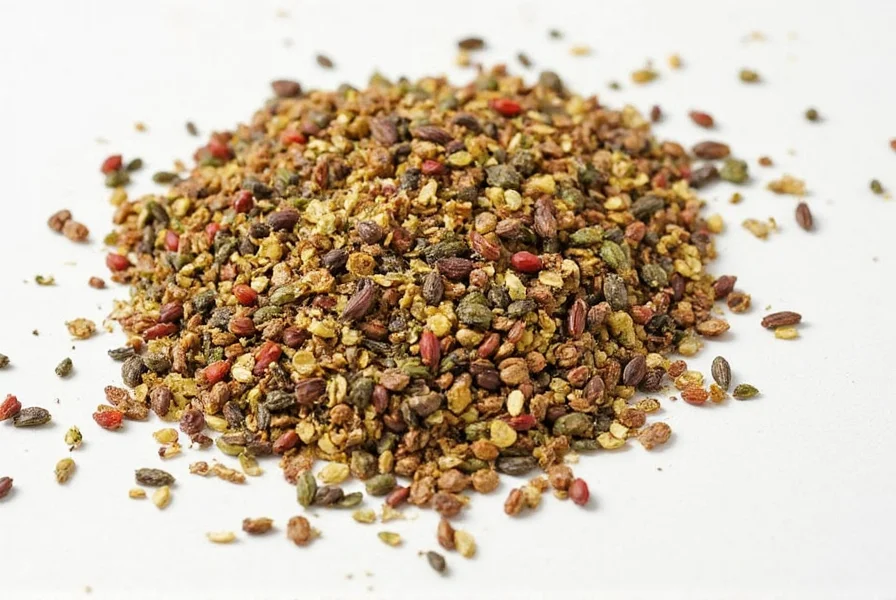
Frequently Asked Questions About Pepper Flakes
What's the difference between crushed red pepper and red pepper flakes?
Crushed red pepper and red pepper flakes are essentially the same product. Both terms refer to dried, broken pieces of chili peppers, typically from cayenne or other hot pepper varieties. The terms are often used interchangeably in recipes and on packaging. The main difference is regional terminology rather than actual product composition.
How do I use pepper flakes in cooking without making dishes too spicy?
Start with a small amount (1/8 to 1/4 teaspoon) and add more gradually. Remember that heat intensifies as food cooks. You can also toast the flakes in oil first, which mellow their raw heat while enhancing flavor. For more control, add half during cooking and the remainder at the end as a garnish. If you accidentally add too much, balance with acid (lemon juice or vinegar) or dairy (yogurt or cream).
Are pepper flakes healthy?
Yes, pepper flakes offer several health benefits. They contain capsaicin, which may boost metabolism, reduce inflammation, and provide pain relief. They're rich in vitamins A and C, and some studies suggest capsaicin may have anti-cancer properties. However, they should be consumed in moderation as excessive amounts can irritate the digestive system. For most people, normal culinary use is perfectly healthy and beneficial.
How long do pepper flakes last?
Properly stored pepper flakes maintain their best flavor for 1-2 years. They won't spoil but will gradually lose potency and vibrant color. To maximize shelf life, store in an airtight container away from light and moisture. You'll know they're past their prime when they lose their bright red color, become dull gray, or lose their characteristic aroma. While still safe to eat, they won't provide the same flavor impact.
Can I substitute fresh peppers for pepper flakes?
Yes, but with adjustments. As a general rule, 1/2 teaspoon of pepper flakes equals one medium fresh chili pepper (like jalapeño). Keep in mind fresh peppers provide moisture that dried flakes don't, so you may need to reduce other liquids. Fresh peppers also offer different flavor notes - they're brighter and fruitier, while flakes provide more concentrated heat and earthiness. For best results, consider the specific recipe and desired heat profile.
What's the best way to measure pepper flakes for consistent results?
For consistent results, measure pepper flakes by weight rather than volume when precision matters. If using volume measurements, fluff the flakes with a fork first to avoid compacting, then gently spoon them into your measuring spoon without packing. For most home cooking, the "pinch" method works well - use your thumb and forefinger to grab a small amount. Remember that different brands have varying flake sizes, so what looks like "1 teaspoon" might differ between products.
Creative Uses of Pepper Flakes Beyond the Pantry
Think outside the shaker! Pepper flakes aren't just for dinner—they can add flair and fun to many other areas of your life:
- DIY Infused Oil: Make your own spicy olive oil by steeping pepper flakes in oil for a week. Perfect for gifts or personal use.
- Homemade Seasoning Salt: Combine finely ground pepper flakes with sea salt for a zesty all-purpose seasoning.
- Gift Ideas: Create custom spice kits with different types of pepper flakes, oils, and recipe cards.
- Decorative Displays: Display colorful pepper flakes in clear bottles or mason jars as rustic kitchen décor.
- Spicy Cocktail Rim: Add finely crushed pepper flakes to rimming sugar for a fiery twist on margaritas or Bloody Marys.
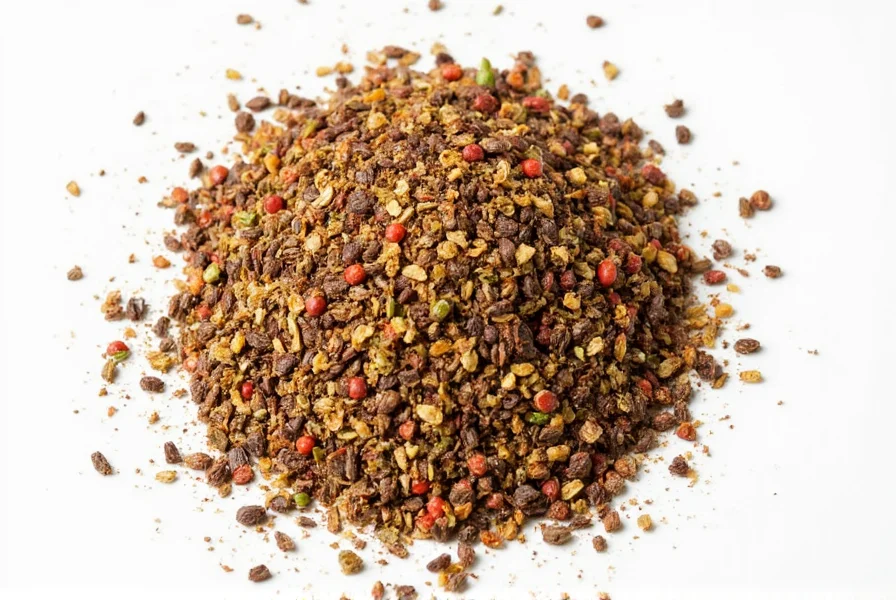
Conclusion: Why You Should Always Have Pepper Flakes on Hand
Pepper flakes are far more than just a way to turn up the heat—they're versatile, flavorful, and incredibly easy to incorporate into daily cooking. Whether you're a casual cook or a seasoned chef, having a few jars of quality pepper flakes in your pantry opens up a world of culinary possibilities.
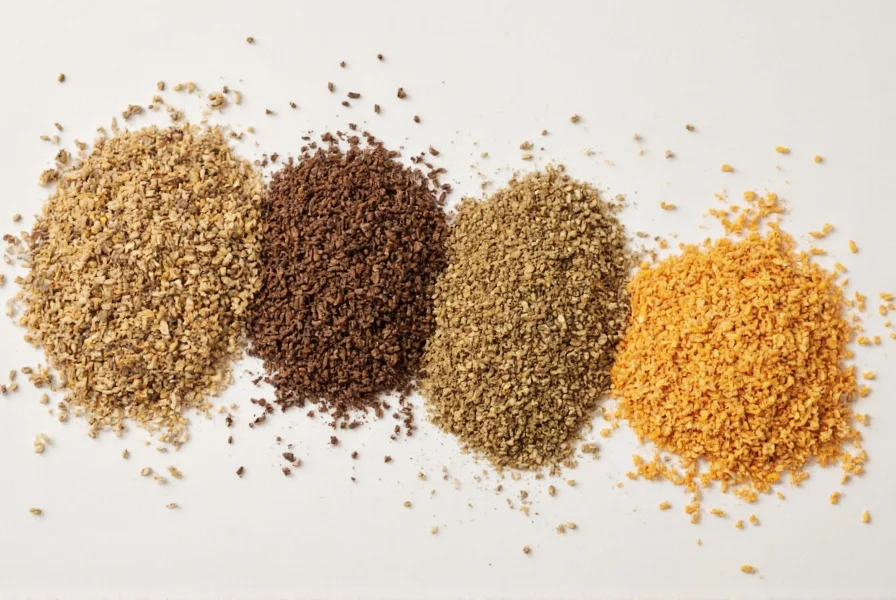
From quick dinners to gourmet creations, pepper flakes are your secret weapon for making food exciting again. So go ahead—crunch, crush, and customize your way to a spicier, tastier kitchen experience!

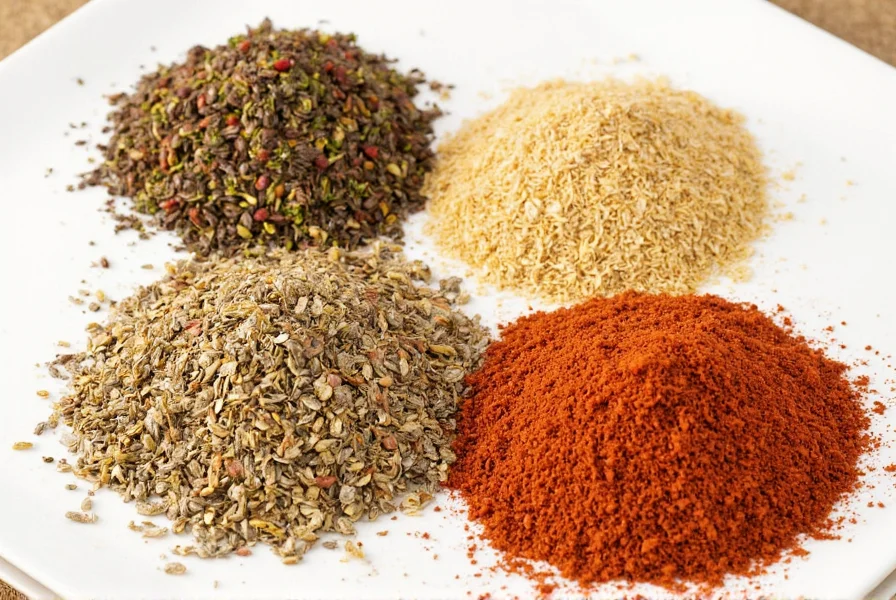









 浙公网安备
33010002000092号
浙公网安备
33010002000092号 浙B2-20120091-4
浙B2-20120091-4